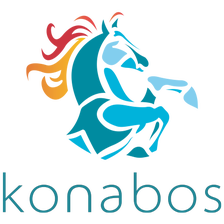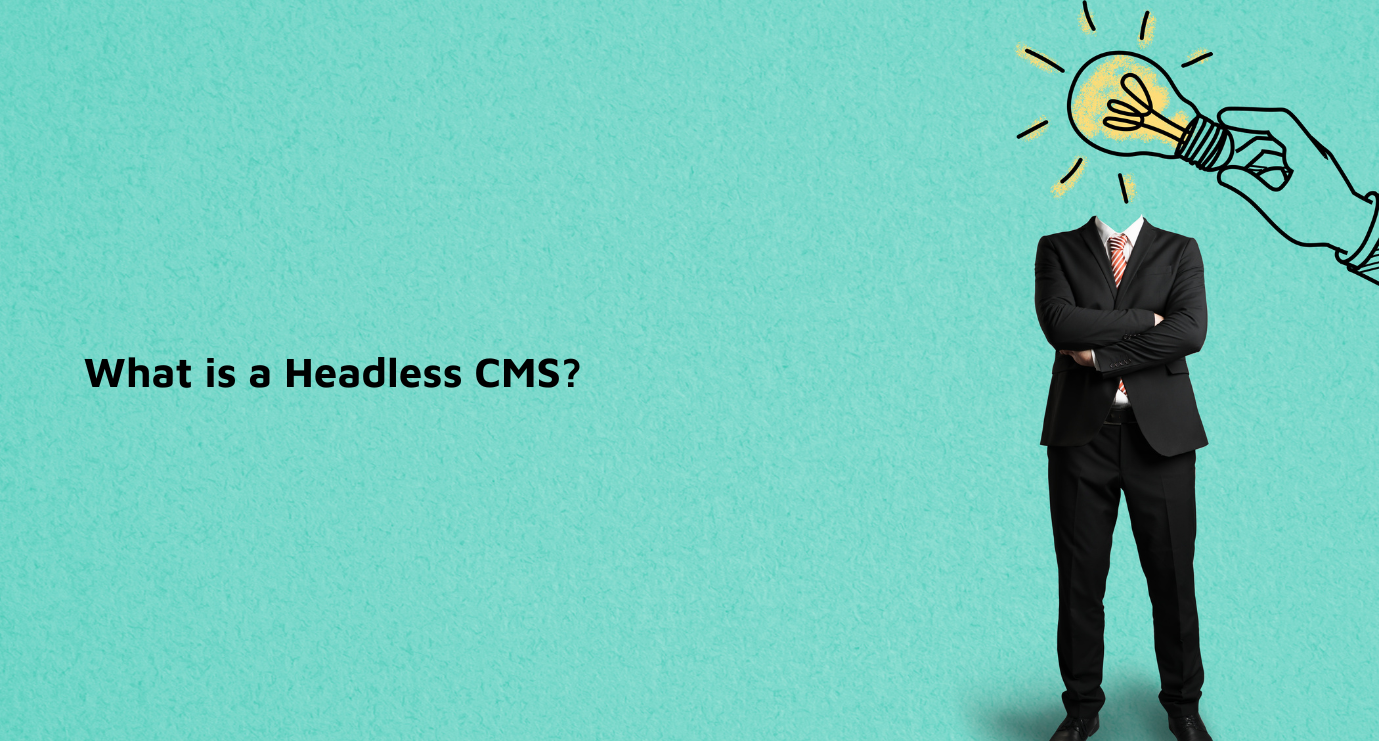What is a Headless CMS, and is it the Key to Omnichannel Success?
Akshay Sura - Partner
10 Feb 2023
In recent years, website development has undergone a significant shift, with a growing demand for headless content management systems (CMS). But what exactly is a headless CMS, and why is it becoming so popular? In this blog post, we'll explore the key features of headless CMS, how it differs from traditional CMS, and the benefits it provides for modern websites and applications.
What is a Headless CMS?
A headless CMS is a content management system that allows you to manage and store content in a centralized location. Still, instead of using traditional monolithic architecture, it separates the back-end (content management) from the front-end (presentation layer). This means that content can be delivered through APIs to various front-end applications, such as websites, mobile apps, and IoT devices.
How Does it Differ from Traditional CMS?
Traditional CMSs have a tightly integrated front-end and back-end, which can limit the options for customization and innovation. With a headless CMS, you are no longer limited to a specific front-end technology, as the back-end is completely decoupled from the front-end. This allows for greater flexibility and scalability and the ability to integrate with a broader range of technologies and platforms.
Benefits of Headless CMS
- Flexibility and Scalability: By separating the back-end and front-end, headless CMS provides greater flexibility and scalability. You can easily add new features and functionality to the front-end without affecting the back-end, and vice versa.
- Improved User Experience: Headless CMS delivers a consistent and seamless experience across multiple devices and platforms, providing a better overall user experience.
- Increased Performance: As the front-end and back-end are decoupled, the front-end can be optimized for performance without affecting the back-end. This can result in faster page load times and improved user experience.
- Integration with Emerging Technologies: Headless CMS allows for easy integration with emerging technologies such as IoT devices, virtual and augmented reality and chatbots.
- Better Content Management: Headless CMS provides a centralized location for managing and organizing content, making it easier to manage large amounts of content and ensure consistency across multiple channels.
- Omnichannel: One of the main advantages of headless CMS is its ability to support omnichannel experiences. Headless CMS allows you to manage your content in one centralized location and deliver it through APIs to various front-end applications, such as websites, mobile apps, and IoT devices. This makes creating consistent experiences across multiple channels much easier, providing a better overall user experience.
Finally, headless CMS can also provide real-time updates and seamless transitions between channels, improving the overall omnichannel experience for users. With traditional CMS, making changes and updates to your website or app in real-time can take time, leading to a cohesive user experience. However, with headless CMS, you can make real-time updates and ensure a seamless user experience, no matter which channel they are using.

Akshay Sura
Akshay is a nine-time Sitecore MVP and a two-time Kontent.ai. In addition to his work as a solution architect, Akshay is also one of the founders of SUGCON North America 2015, SUGCON India 2018 & 2019, Unofficial Sitecore Training, and Sitecore Slack.
Akshay founded and continues to run the Sitecore Hackathon. As one of the founding partners of Konabos Consulting, Akshay will continue to work with clients to lead projects and mentor their existing teams.



Share on social media